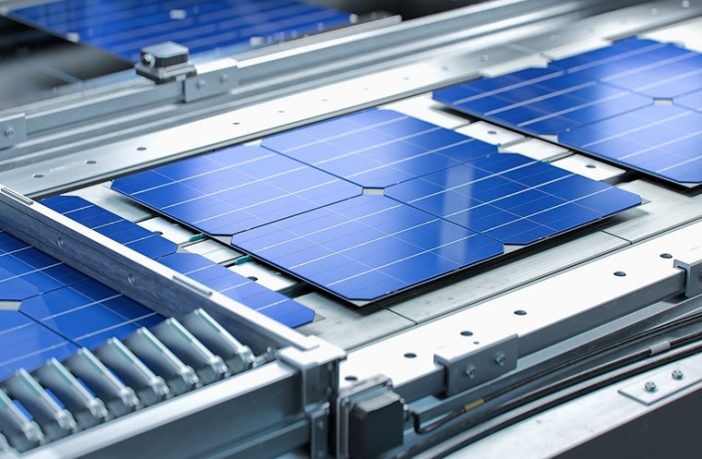- Ensuring a secure transition to net zero emissions will require increased efforts to expand and diversify global production of solar panels whose global supply chains are currently heavily concentrated in China, the International Energy Association (IEA) said in a new special report released this past week.
Chinese industrial and innovation policies focused on expanding solar panel production and markets have helped solar PV become the most affordable electricity generation technology in many parts of the world. However, this has also led to imbalances in solar PV supply chains, according to the IEA Special Report on Solar PV Global Supply Chains, the first study of its kind by the Agency.
High commodity prices and supply chain bottlenecks led to an increase of around 20% in solar panel prices over the last year. This has forced governments to turn their attention to ensuring the security of solar PV supplies as an integral part of clean energy transitions.
The report says that the world will almost completely rely on China for the supply of key building blocks for solar panel production through 2025. Based on manufacturing capacity under construction, China’s share of global polysilicon, ingot and wafer production will soon reach almost 95%. Today, China’s Xinjiang province accounts for 40% global polysilicon manufacturing. Moreover, one out of every seven panels produced worldwide is manufactured by a single facility. This level of concentration in any global supply chain would represent a considerable vulnerability; solar PV is no exception.
Bankruptcy Risk
The report reveals that more than 30% of the integrated companies operating in the solar module manufacturing business worldwide are at medium or high risk of bankruptcy. However, only 15% of these manufacturers are at high risk of bankruptcy and that in 2018 their share was around 28%. As for polysilicon suppliers, around 11% of them are currently at a high risk of bankruptcy, while another 49% are estimated to have a medium risk. “Owing to high polysilicon prices, the bankruptcy risk of polysilicon businesses dropped considerably in 2021,” the report reads. “A return to low polysilicon prices could, however, reverse this change.”
The report warns of possible changes in subsidy regulations for the PV industry in China, claiming these may lead to higher bankruptcy risks, even for the most competitive manufacturers.
“China has been instrumental in bringing down costs worldwide for solar PV, with multiple benefits for clean energy transitions,” said IEA Executive Director Fatih Birol. “At the same time, the level of geographical concentration in global supply chains also poses potential challenges that governments need to address. Accelerating clean energy transitions around the world will put further strain on these supply chains to meet growing demand, but this also offers opportunities for other countries and regions to help diversify production and make it more resilient.”
“As countries accelerate their efforts to reduce emissions, they need to ensure that their transition towards a sustainable energy system is built on secure foundations,” Dr Birol said. “Solar PV’s global supply chains will need to be scaled up in a way that ensures they are resilient, affordable and sustainable.”
Link to the full report HERE
Author: Bryan Groenendaal















